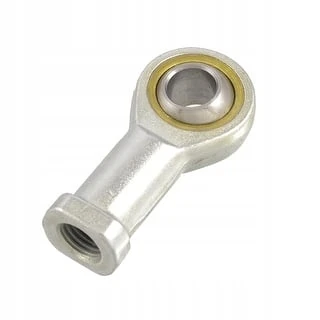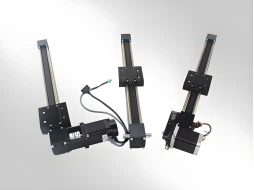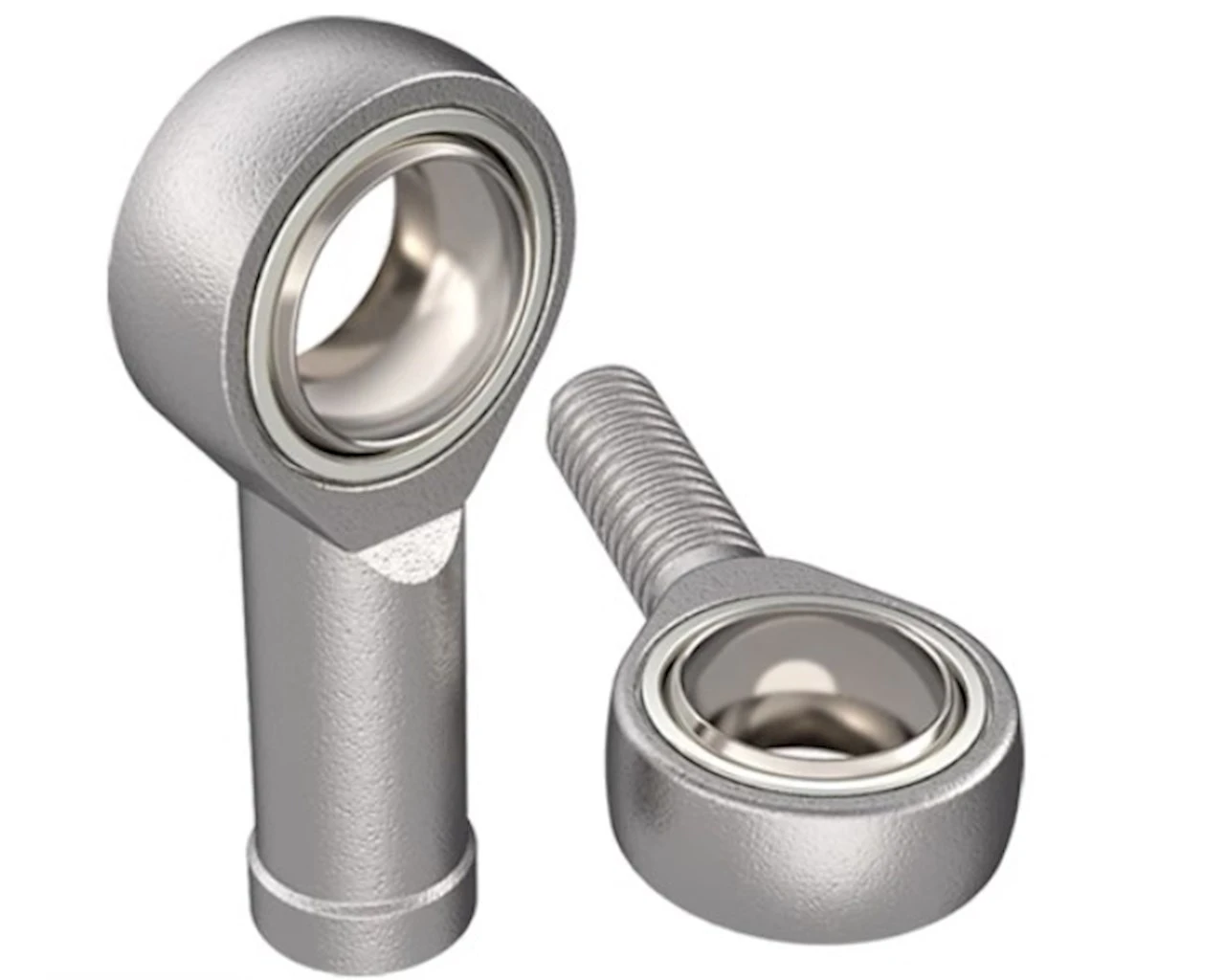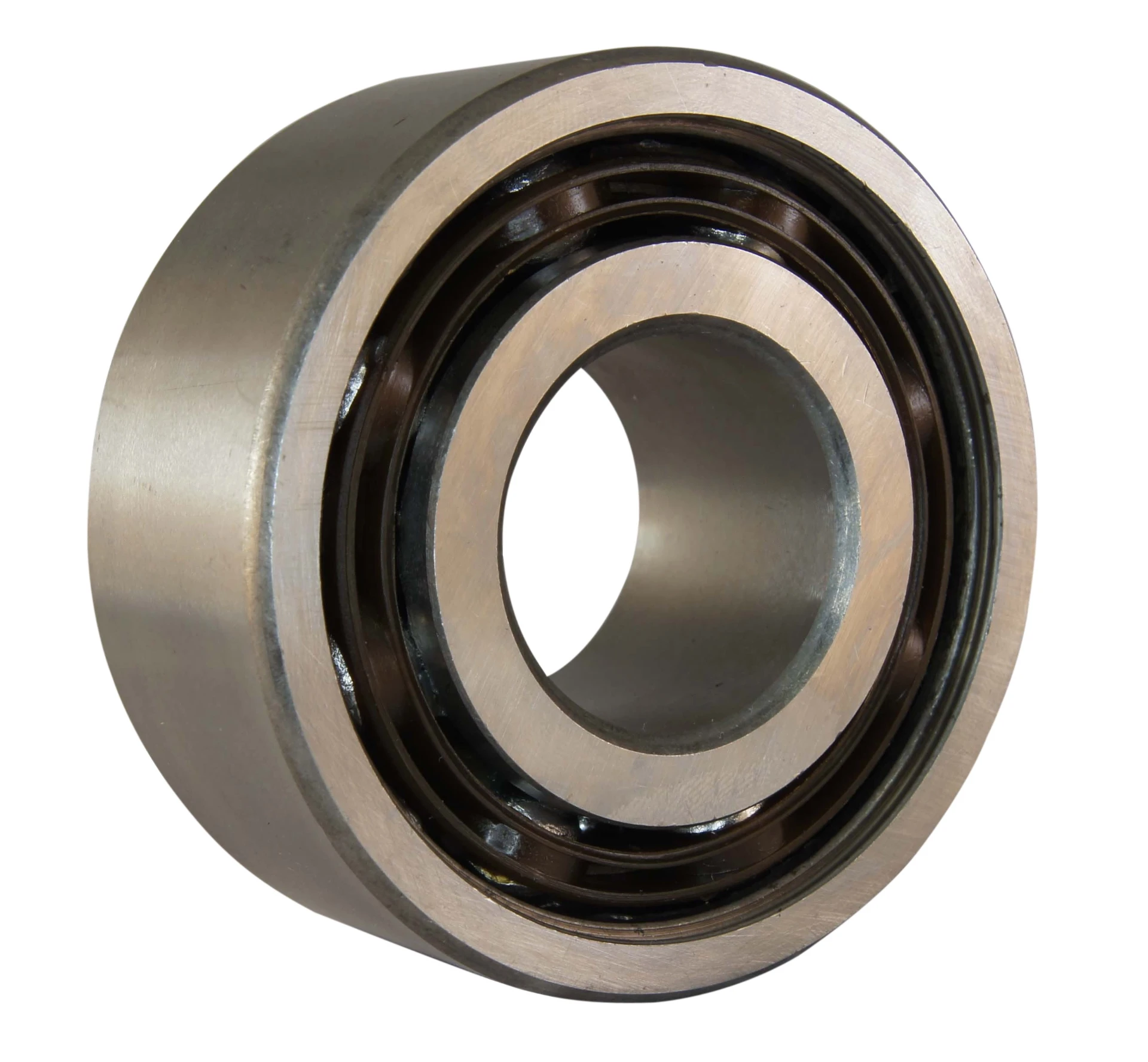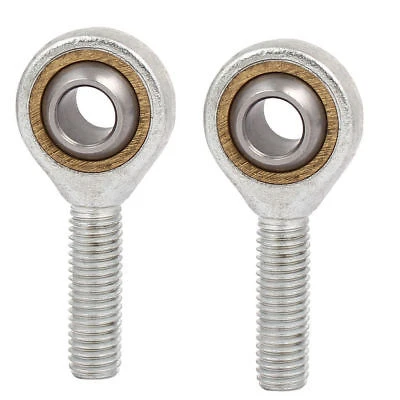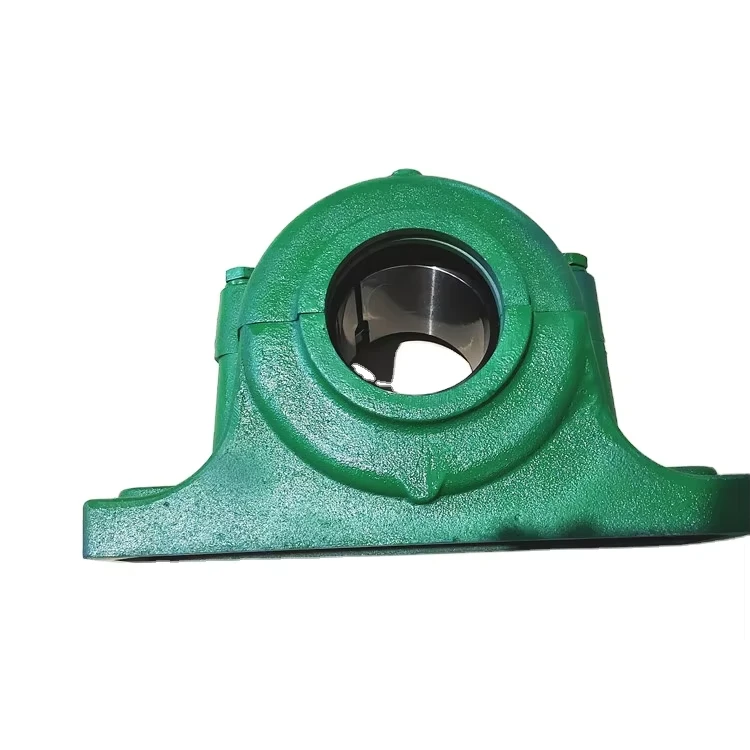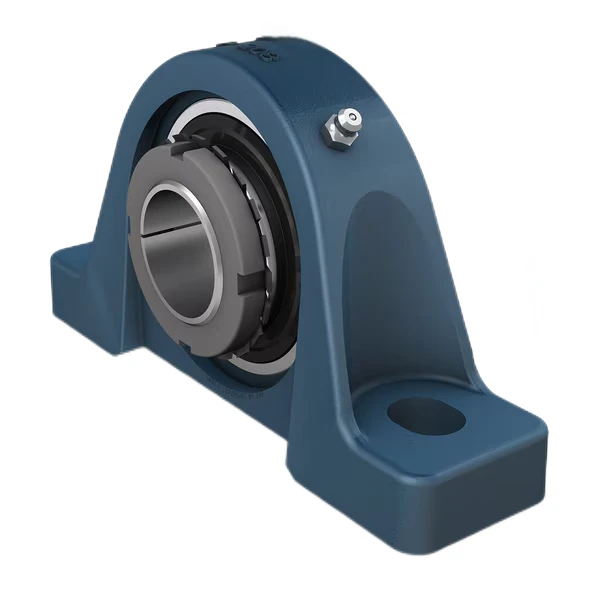Jan . 08, 2025 12:50 Back to list
Special Requirements for Casters and Bearings of Freezers
The casters used in freezers and the bearings therein usually have some specific requirements due to the need to adapt to the special working environment and performance requirements of freezers. The following is a detailed analysis of these requirements:

Special Requirements for Freezer Casters
- Load-bearing Capacity:
- Freezer casters need to be able to support the combined weight of the freezer and its contents. Therefore, when selecting casters, it is essential to ensure that their load-bearing capacity meets the actual requirements.
- Material:
- The material of the casters must have good low-temperature resistance to cope with the cold environment inside the freezer. Common materials include rubber, plastics (such as PP, TPR, PU, nylon, etc.), and metal. Among them, rubber casters offer good cushioning and noise reduction, suitable for uneven floors or areas where low noise is desired; plastic casters are generally lighter but have relatively lower durability; metal casters are more robust and durable but may scratch the floor.
- The choice of material also needs to consider corrosion resistance to avoid damage in wet or corrosive environments.
- Type
- Freezer casters are mainly divided into two types: fixed and swivel. Fixed casters can only move in a straight line and are suitable for locations where movement is less frequent. Swivel casters, on the other hand, can rotate 360 degrees, facilitating easy movement and steering, and are more suitable for freezers that require frequent movement or position adjustment.
- Size:
- The size of the casters should match the bottom mounting holes of the freezer to ensure a stable installation. Additionally, the size of the casters affects the ease of movement and the ability to overcome obstacles. Generally, larger diameter casters require less effort to push but may raise the center of gravity of the equipment and increase costs. Therefore, a comprehensive consideration is necessary during selection.If the equipment does not require frequent pushing, such as furniture, freezers, etc., and only needs to be moved for a short while during cleaning, using freezer casters with a diameter of less than 3 inches is sufficient.
- Brake Function:
- Some freezer casters are equipped with a brake function that can lock the caster, preventing the freezer from becoming unstable or sliding during movement. This is crucial for freezers that need to be fixed in position.
-


Special Requirements for Bearings in Casters
- Low Temperature Resistance:
- Bearings need to withstand the low-temperature environment inside the freezer and maintain normal operation. Therefore, it is necessary to select bearing materials with excellent low-temperature resistance, such as stainless steel, titanium alloy, or certain special alloys.
- Lubrication Performance:
- In a low-temperature environment, the grease in the bearings must maintain good fluidity to ensure the normal operation of the bearings. Therefore, it is necessary to choose grease with excellent low-temperature fluidity and regularly check and maintain the lubrication status of the bearings.
- Sealing Performance:
- To prevent the external low-temperature environment from affecting the internal lubrication system of the bearings, the bearings need to adopt a more Tight sealing structure to prevent lubricant leakage and the intrusion of foreign matter.
- Precision and Stability:
- The precision and stability of the bearings are vital for the mobility and stability of the freezer. Therefore, it is necessary to choose high-precision and high-stability bearings and conduct regular inspection and maintenance.
In conclusion, the casters used in freezers and the bearings within them need to meet a series of special requirements to ensure the normal operation and stability of the freezers. When choosing, it is necessary to comprehensively consider factors such as load-bearing capacity, material, type, size, brake function, and the low-temperature resistance, lubrication performance, sealing performance, and precision stability of the bearings.
-
Double Threaded Screw Slide: Achieving an Astounding Precision of 0.01mm while Bearing 100kg!
NewsApr.28,2025
-
Notice of May Day Labor Day Holiday |
NewsApr.24,2025
-
Lightning - Fast 90° Rotation and Pick - up in 6 Seconds!
NewsApr.24,2025
-
Revolutionary 10 - Meter Travel Linear Motors Unveiled
NewsApr.24,2025
-
Linear Module Dual-station Multi-mover Guided Dispensing: A Reliable Helper in Production
NewsApr.22,2025
-
Stop Worrying About Item Transferring! Linear Modules to the Rescue!
NewsApr.18,2025
Products categories
-
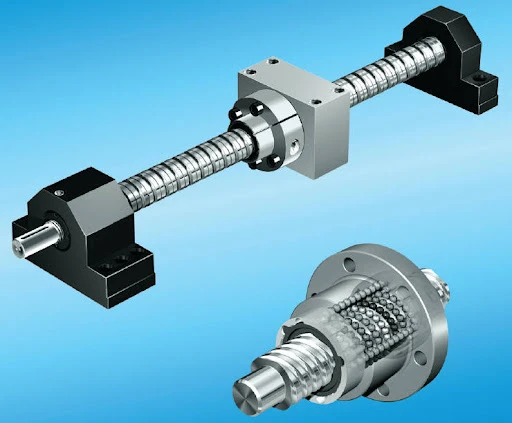 Double Threaded Screw Slide: Achieving an Astounding Precision of 0.01mm while Bearing 100kg!Double thread screw slide # high precision # high loadRead More
Double Threaded Screw Slide: Achieving an Astounding Precision of 0.01mm while Bearing 100kg!Double thread screw slide # high precision # high loadRead More -
 Notice of May Day Labor Day Holiday |Notice of May Day Labor Day Holiday | Grateful for Your Company, Looking Forward to New Achievements TogetherRead More
Notice of May Day Labor Day Holiday |Notice of May Day Labor Day Holiday | Grateful for Your Company, Looking Forward to New Achievements TogetherRead More -
 Lightning - Fast 90° Rotation and Pick - up in 6 Seconds!In the fast - paced race of industrial production, efficiency is the core of competitiveneRead More
Lightning - Fast 90° Rotation and Pick - up in 6 Seconds!In the fast - paced race of industrial production, efficiency is the core of competitiveneRead More
Manufacturing & Processing


